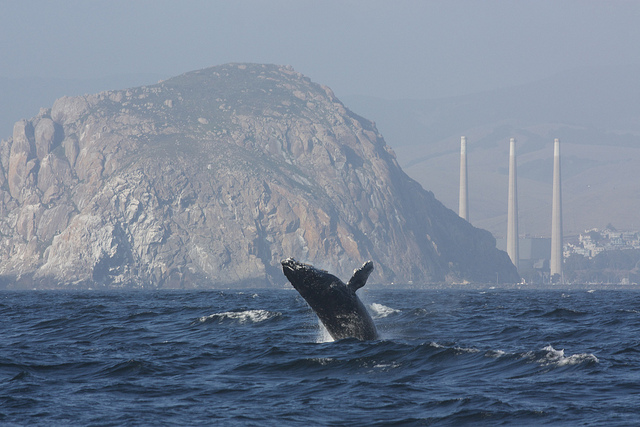
With COP21 wrapping up in Paris and the mystery of Ceres’s bright spots solved, we’ve got a bit to get to this week, so let’s get started.
***
Climate Change Agreement

A draft agreement was been reached at the Paris climate talks this week, calling for “holding the increase in the global average temperature to well below 2°C above pre-industrial levels and to pursue efforts to limit the temperature increase to 1.5°C above pre-industrial levels.” This is a great step forward, but it’s also lacking in one very important aspect: specifics. According to climate system scientist Professor Nigel Arnell at the University of Reading, “the text is vague on the overall ambition: it does not specify a date for the peaking of emissions, and specifies only that reductions should lead towards “greenhouse gas emissions neutrality” in the “second half of the century”.” Note also that the “neutrality” language has since been replaced with even more vague wording, instead referring to “a balance between anthropogenic emissions by sources and removals by sinks of greenhouse gases in the second half of this century,” meaning that burning fossil fuels may continue under the agreement, so long as adequate “sinks” are employed. Add to this that no specific monetary figure is outlined in terms of payments from more well-developed countries to less well-developed countries to aid in their development of more-expensive “green” energy technologies, and the fact that this is all yet to be ratified by the individual countries as they develop their own plans to try to meet the targets, and you’re left wondering just how much of an effect this will have beyond “signaling intention.” Still, it’s better than nothing, I suppose. The New York Times has an explainer, and the Guardian has reactions from experts, and of course you can check out the whole draft agreement yourself right here.
Ceres’s Bright Spots

The mystery of the “bright spots” on Ceres appears to have been solved. Spotted by the Dawn probe in its ongoing survey of the nearest dwarf planet to Earth, the spots set the internet’s tinfoil-hats askew when scientists made the mistake of admitting that they weren’t totally sure of what they were. But now we have a sensible answer that fits the evidence. They appear to be a combination of salts and ice. Their near-universal appearance in craters strongly suggests that Ceres has a differentiated or layered composition, with the darker outer layer covering a subsurface layer of briny water ice, which becomes exposed now and then after impacts. Gizmodo has a good breakdown on the current research, and of course you can always check out NASA-JPL’s Dawn blog.
XSTAT

The FDA approved a gunshot wound treatment this week that looks likely to save lives in an increasingly gun-violence prone America. The syringe full of injectible, expandable sponges called XSTAT is designed to fill the wound and apply pressure from within, to buy precious minutes to get victims to more sophisticated medical care. The device was deployed last year in military contexts, and was apparently successful enough for the FDA to fast-track it to approval through a new pathway for low-risk medical treatments. The company that makes it, the Oregon-based RevMedX, is also working on a version for postpartum hemorrhaging, which would go a long way toward helping women in America. PopSci has more on the story.
ICYMI
In case you we’re reading every post we put up this week (how dare you!) here’s a helpful list of the things we did:
- Your Monday taste of “the crazy” was conspiracy-theorist Alex Jones wearing a Gorn mask and praising Obamacare
- The Skeptical Tuesdays post this week was about not really putting Monsanto “on trial“
- Wednesday’s post was about how we either have or have not uncovered Bitcoin creator Satoshi Nakamoto’s real identity (again)
- Thursday’s post was largely a failure to explain the what and how of Google’s quantum annealer, and
- Lindsey’s Feminist Friday post was all about Stoya and how, yes, sex workers can be raped.
If you missed any, go back and have a look!
Best of the Rest
And without further ado, here’s your Sunday linkspam of all the things I haven’t explained myself:
- Economists have reached a consensus of sorts on climate change
- NASA’s preparing for next year’s water-impact tests on the Orion capsule
- Hyperloop technologies has announced where it’s building its test track
- Scientists have modeled the most likely places in a spiral galaxy to find life, and
- Beijing is getting smoggier and smoggier by the minute
That’s all for today. Don’t forget to like This Week In Tomorrow on Facebook and follow me on Twitter @TWITomorrow, and have a great week.
